<--- Back to Details
| First Page | Document Content | |
|---|---|---|
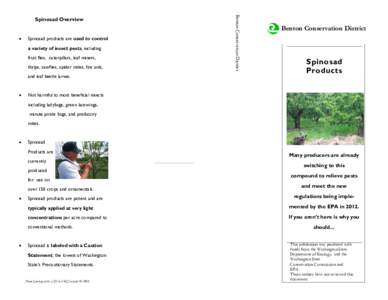 Date: 2016-08-03 18:49:12Beekeeping Insecticides Agricultural pest insects Biological pest control Spinosad Sustainable agriculture Leaf miner Pesticide toxicity to bees Tortricidae Pesticide Insect Pollinator |
Add to Reading List |
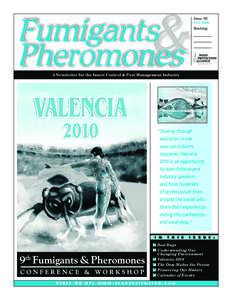 | Issue 93 Fall 2009 Routing: A Newsletter for the Insect Control & Pest Management IndustryDocID: 1vrFs - View Document |
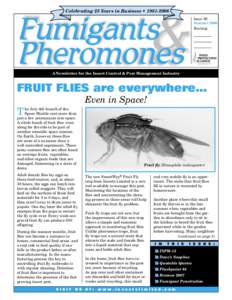 | Celebrating 25 Years in Business • Issue 80 Summer 2006 Routing: A Newsletter for the Insect Control & Pest Management IndustryDocID: 1vrlS - View Document |
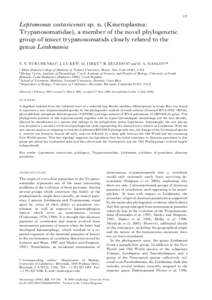 | 537 Leptomonas costaricensis sp. n. (Kinetoplastea : Trypanosomatidae), a member of the novel phylogenetic group of insect trypanosomatids closely related to the genus LeishmaniaDocID: 1vqFr - View Document |
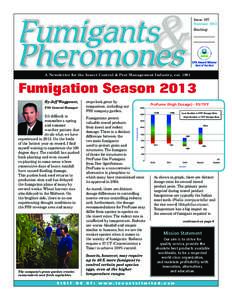 | Issue 107 Summer 2013 Routing: A Newsletter for the Insect Control & Pest Management Industry, est. 1981DocID: 1vo6G - View Document |
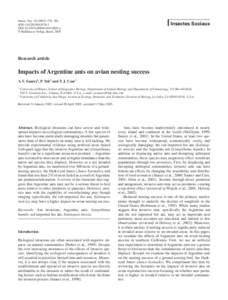 | Insect. Soc–DOIs00040y © Birkhäuser Verlag, Basel, 2005 Insectes SociauxDocID: 1vnCP - View Document |
 Spinosad products are used to control a variety of insect pests, including fruit flies, caterpillars, leaf miners, thrips, sawflies, spider mites, fire ants,
Spinosad products are used to control a variety of insect pests, including fruit flies, caterpillars, leaf miners, thrips, sawflies, spider mites, fire ants,